Has your urine been darker than usual? It may indicate simple dehydration, but a change in pee color could also mean something more.
You may have noticed the color of your pee can change on a daily basis. While this is sometimes due to how much water you’re drinking, or what foods you’re eating, some colors can indicate other health issues.
Read on to discover what your pee color says about what’s going on in your body.
Do you struggle with bloating, gas, constipation, or other digestive issues? We’ve created a FREE guide to healing your gut naturally.
Click here to get your FREE copy of our Digestion Guide!
What Is Urine?
Your kidneys work hard to filter out waste from your blood and other body fluids. Urine is the fluid byproduct of this system, helping to clear your body of unnecessary toxins.
It is estimated that your body produces about 1.5 liters of urine per day. That’s enough to fill a backyard swimming pool over the course of a lifetime! (1)
Urine is mostly water, but scientists have found that it contains over 3,000 compounds. (2) In a large study run over the course of seven years, a team of researchers discovered that 72 of these compounds come from bacteria, 1,453 come from various biological wastes from your body, and another 2,282 come from your diet, cosmetics, environmental toxins, and drugs. (3)
Researchers noted that compared to other body fluids, like saliva and spinal fluid, urine contains five to ten more compounds and a more diverse amount of chemicals. Specifically, the chemicals in urine fall into 230 different chemical classes, which is a huge amount considering there are only 356 in the human metabolome. (4)
Why the Color of Your Urine Matters
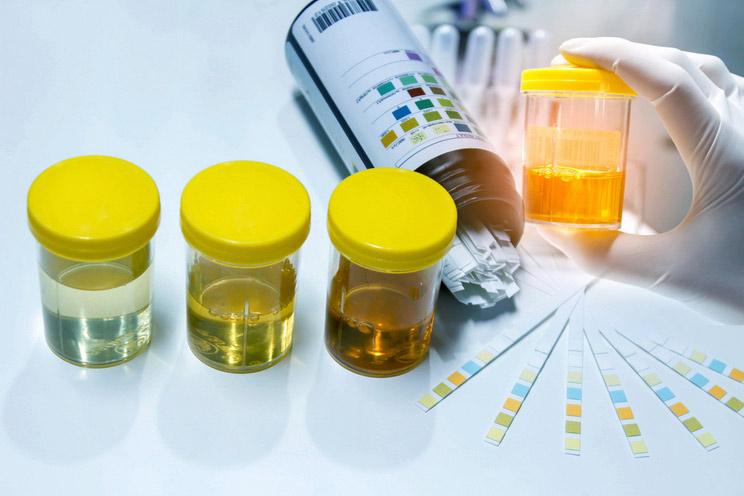
Humans have been using the color, density, cloudiness, and even smell of urine as a way to diagnose disease for thousands of years. While the practice dates back to ancient Egypt, it is well known that Hippocrates legitimized the process, now called uroscopy.
Today, doctors still note the color and clarity of urine to gain an idea of what’s happening in the body. (5) Since there is such a large diversity of metabolites and waste products in urine, there are a huge number of factors that can contribute to a change in urine’s color. A full urinalysis can be performed to diagnose many types of afflictions, including bladder, ovarian and kidney diseases. (6)
Because urine is so useful in giving a diagnosis, it can be helpful to become familiar with what different colors of urine can potentially mean before your run to the doctor – or even so that you know you might need to.
What Your Pee Color Says About You
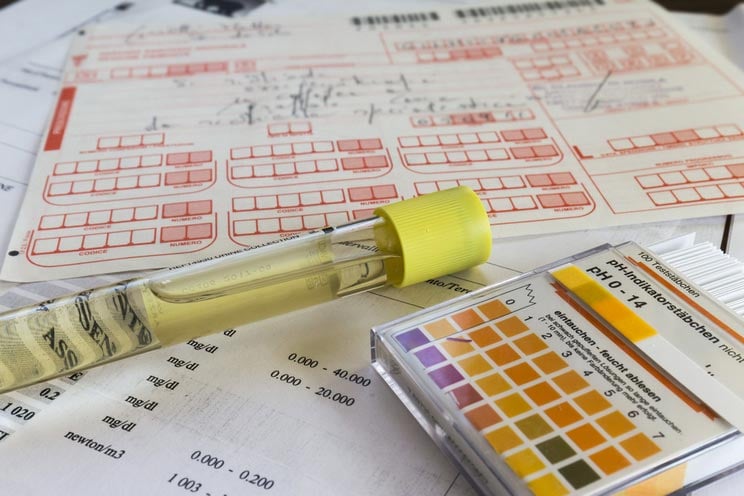
Whether its crystal clear, foamier than usual or tinted a hue other than yellow, here’s what your urine color can tell you about your health.
Transparent
Completely clear urine can be a sign of overhydration (yes, there is such a thing!). Drinking too many fluids can actually flush out electrolytes too quickly, which can lead to imbalances and lightheadedness in the short term.
Transparent yellow or slightly dark yellow
Completely normal.
White, cloudy, or murky
This can be caused by kidney stones and/or a urinary tract infection (UTI). In some cases, it can also be a condition called chyluria, a rare lymphatic flow disorder that could be parasitic. (7)
Orange or brownish orange
Orange-tinted pee could be a sign of excessive dehydration, or an indication of liver or bile duct problems. Certain drugs, like vitamin B2, or laxatives might also be to blame. (8) Eating rhubarb or fava beans also turn urine a darker color. (9)
Pink or pinkish-red
When your pee is pink or red, it could mean that you have blood in your urine. Conditions that can cause urinary blood include urinary tract infections, enlarged prostate, cancerous and non-cancerous tumors, kidney cysts, and kidney or bladder stones.
In addition, red urine can also be caused by intense exercise. Aerobic exercise can cause the breakdown of red blood cells, which could lead to a slight tinge of pink. (10)
Green
Green urine can be a sign of a UTI caused by bacteria that has escaped into the blood. In addition, some common medications can turn urine green, so be sure to rule these out first. (11)
Foamy
Foamy urine can be a sign of kidney disease, or even pregnancy in some cases. (12)
Don’t Forget Smell
While it’s not very pleasant to smell your pee, it could be another indicator as to what’s going on in your body.
A change in the odor of your urine may simply be due to something you ate (asparagus, anyone?). Dehydration can cause your pee to smell like ammonia, and vitamin B6 supplements may alter the odor as well.
Other strong smells can also be the result of a UTI, diabetes, a bladder infection, or metabolic diseases. (13)
If you’re at all unsure of what may be causing your urine to change color, your best bet is to contact your doctor right away. But hopefully, this list will give you peace of mind if your urine changes due to medications or simple dehydration.
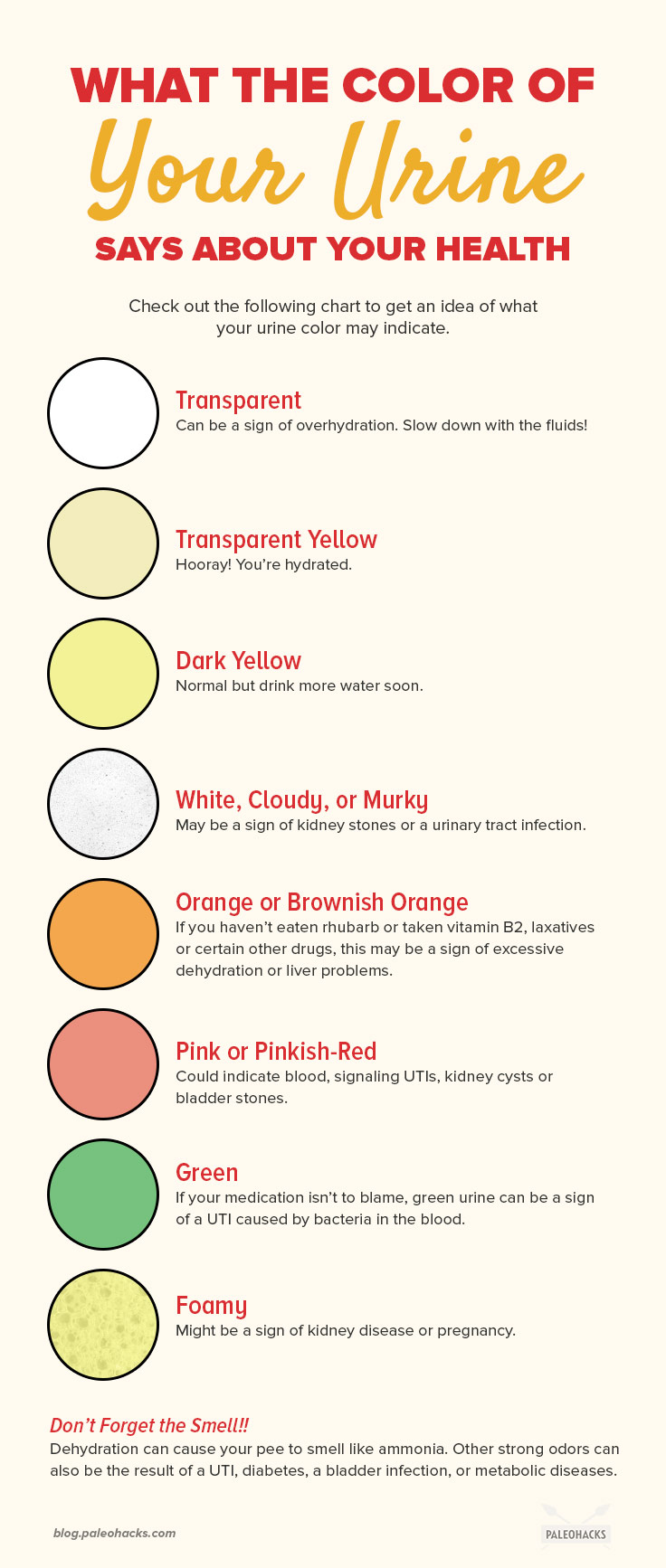
(Read This Next: 7 DIY Gut Tests You Can Do At Home)



 7 Exercises That Strengthen Your Pelvic Floor
7 Exercises That Strengthen Your Pelvic Floor




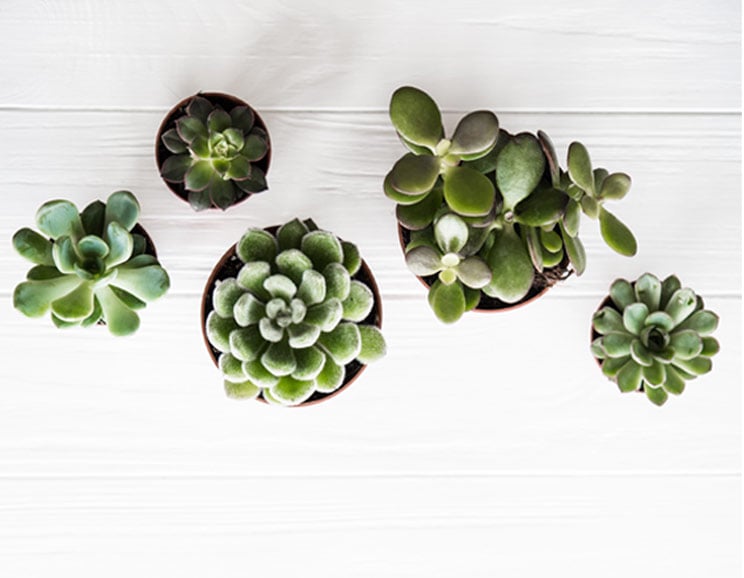


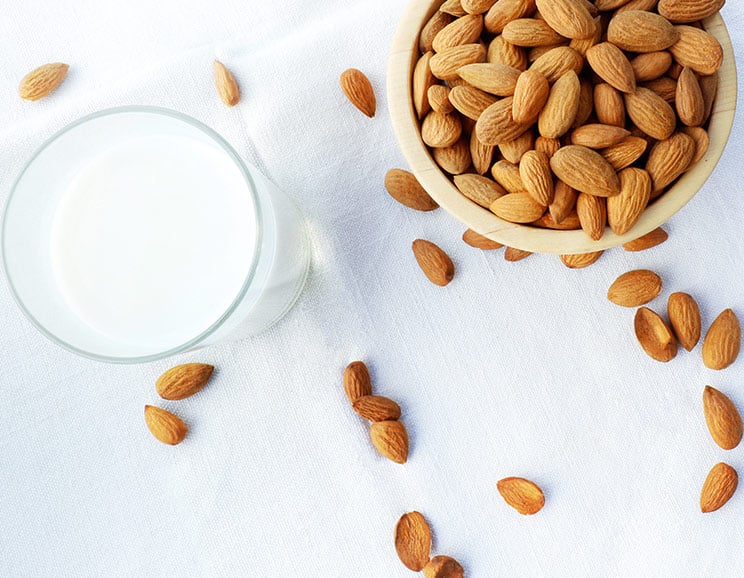

Show Comments